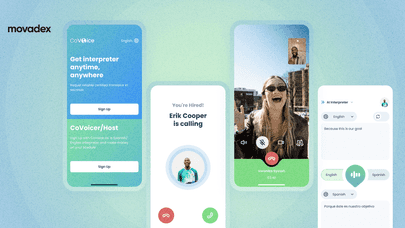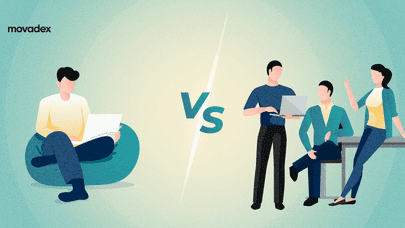Customer experience (CX) is the sum of all interactions that customers have with a brand, from the moment they become aware of the brand to the post-purchase support. CX is a crucial factor in building customer loyalty and improving brand reputation. In recent years, emerging technologies and trends have disrupted traditional CX models, creating new opportunities and challenges for brands. This article explores the future of customer experience, looking at the emerging technologies and trends that are shaping the way brands connect with customers.
Artificial Intelligence
Artificial intelligence (AI) is a powerful technology that is transforming customer experience. AI can be used to personalize customer interactions, automate routine tasks, and provide real-time insights. For example, chatbots are AI-powered tools that can provide customer support 24/7, freeing up human agents to handle more complex inquiries. AI can also analyze customer data to provide personalized recommendations and promotions based on customers' preferences and behaviors. AI-powered analytics can provide real-time insights into customer behavior, enabling brands to optimize CX in real-time.
Virtual and Augmented Reality
Virtual and augmented reality (VR and AR) are technologies that can provide immersive and interactive customer experiences. VR can create a simulated environment that customers can explore, while AR overlays digital information onto the real world. These technologies can be used in various industries, from retail to entertainment, to provide customers with unique and engaging experiences. For example, IKEA uses AR technology to allow customers to visualize how furniture would look in their homes before making a purchase.
Internet of Things
The Internet of Things (IoT) refers to a network of physical devices that are connected to the internet and can communicate with each other. IoT technology can be used to create smart homes, smart cities, and smart retail spaces. For example, retailers can use IoT devices to track inventory levels and automatically reorder products when they run low. IoT devices can also provide personalized recommendations to customers based on their location, preferences, and behaviors.
Voice Assistants
Voice assistants, such as Amazon's Alexa and Apple's Siri, are becoming increasingly popular. Voice assistants use natural language processing (NLP) to understand and respond to customers' voice commands. Voice assistants can be used for a range of tasks, from playing music to ordering products. Brands can use voice assistants to provide customer support and offer personalized recommendations. For example, Domino's Pizza allows customers to order pizzas using voice commands via Amazon's Alexa.
Omnichannel CX
Omnichannel CX is the practice of providing a seamless and consistent experience across all channels and devices. Customers today expect to be able to interact with brands on various channels, such as social media, email, and chat, and switch between devices, such as desktops and smartphones. Omnichannel CX requires brands to have a unified view of customer data and to provide personalized interactions that are tailored to each channel and device.
 The future of customer experience is being shaped by emerging technologies and trends. Brands that embrace these technologies and trends can create unique and engaging customer experiences that drive loyalty and increase revenue. However, implementing these technologies and trends requires a strategic approach that takes into account the specific needs and preferences of each customer segment. By investing in the future of customer experience, brands can stay ahead of the competition and build lasting relationships with their customers.
The future of customer experience is being shaped by emerging technologies and trends. Brands that embrace these technologies and trends can create unique and engaging customer experiences that drive loyalty and increase revenue. However, implementing these technologies and trends requires a strategic approach that takes into account the specific needs and preferences of each customer segment. By investing in the future of customer experience, brands can stay ahead of the competition and build lasting relationships with their customers.




